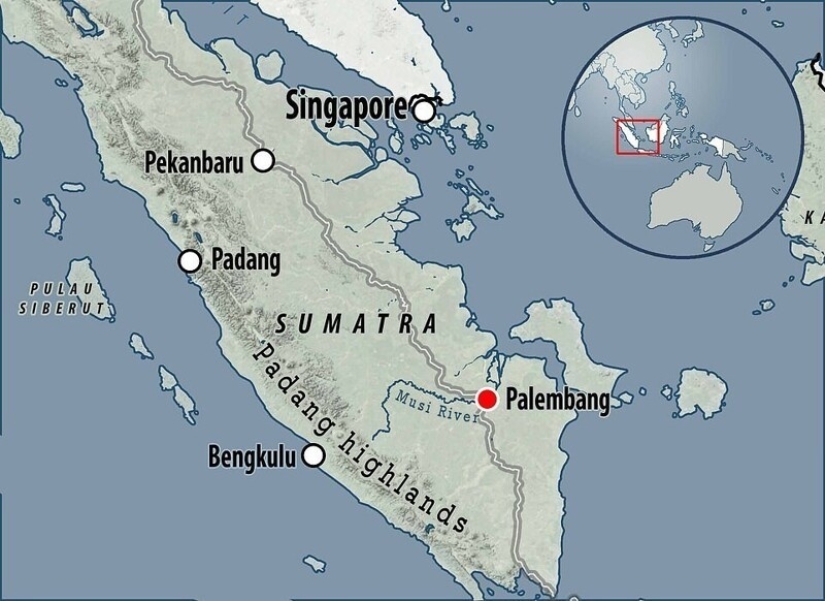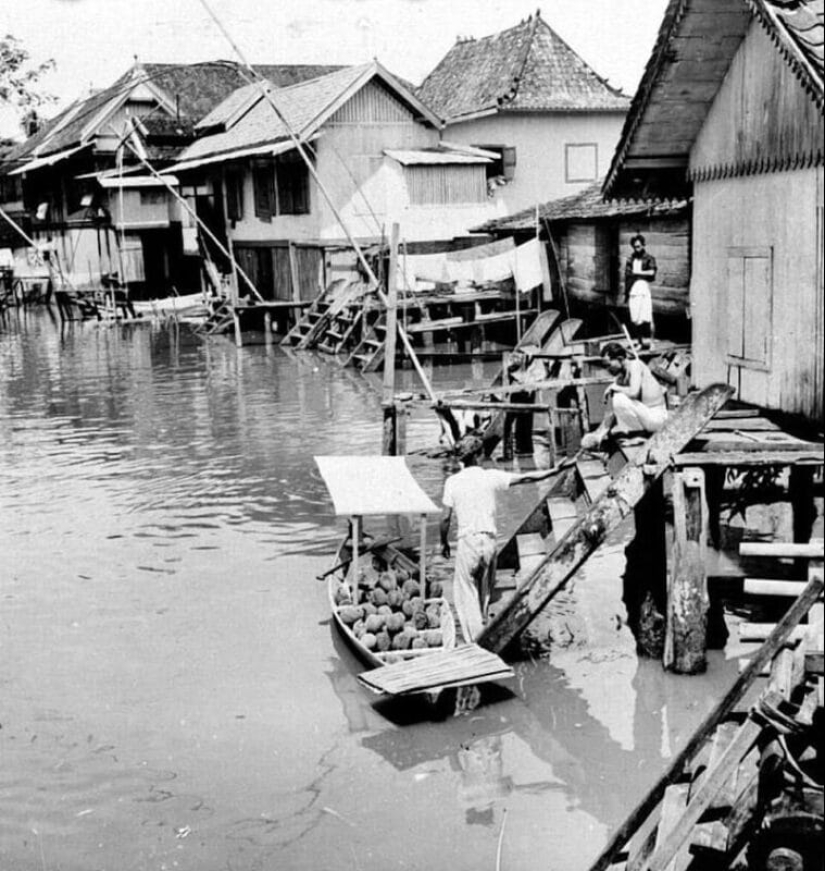Fishermen have found treasures of a vanished ancient civilization in Indonesia
By Pictolic https://pictolic.com/article/fishermen-have-found-treasures-of-a-vanished-ancient-civilization-in-indonesia.htmlSumatran fishermen have discovered a wealth of treasures at the bottom of the river, including a Buddha statue worth millions of dollars. Experts say: perhaps these are the last traces of the richest civilization that disappeared 700 years ago.


After many years of searching in Sumatra, which is also called the Island of Gold, they made a sensational find. Here they discovered the legendary Indonesian kingdom, known for its fabulous reserves of gold.

In recent years, fishermen have repeatedly pulled out ancient treasures from the depths of the Musi River. This crocodile-infested river is located near Palembang. In its waves it hides precious stones, gold ceremonial rings, coins and bronze monastery bells.

One of the most incredible finds was the recently found jewel-encrusted statue of the Buddha in human growth. It was made in the 8th century and, according to preliminary estimates, costs millions of dollars.

Scientists attributed the artifacts to the Srivijaya civilization. This powerful kingdom existed between the 7th and 8th centuries, and then mysteriously disappeared.

Dr. Sean Kingsley, a British archaeologist, said that we are talking about a huge fortune:

In recent years, many unusual things have appeared on the market. It was they who brought the scientists to the fishing village.

Sumatra in ancient times was called the Golden Island because it is rich in gold deposits and natural resources. In addition, it was one of the trade centers of Southeast Asia. In the 6th and 7th centuries, there was a steady growth of Asian maritime trade. This was due to the opening of a huge Chinese market. Buddhism was spreading in China, and the demand for ritual objects was growing. This led to an increase in the export of Indonesian goods to this country.



Kingsley described Srivijaya as a "water world" — the state existed on the river and drew its trading power from it. He believes that when civilization came to an end, in the XIV century, their "wooden houses, palaces and temples sank along with all their possessions." At the peak of its development, Srivijaya controlled the Maritime Silk Road, which united a huge market where local, Chinese and Arab goods were sold.

Travelers of that era say that the kingdom was "very numerous." The chroniclers wrote: Srivijaya had so many islands that no one knew where its borders ended.

According to the chronicles, there were 20,000 soldiers, 1,000 monks and 800 moneylenders in the capital alone. These figures give an idea that the population was impressive

Scientists still do not understand why the kingdom ceased to exist. In Kingsley's opinion, he could have suffered the fate of Pompeii. The reason for the destruction could be a volcanic eruption — or a fast, unruly river swallowed the whole city.

From the moment when the locals became aware of the river treasures, a real pilgrimage began for them. And this is a big problem, because it prevents scientists from getting to the truth about Srivijaya.

So far, with the exception of dives made by local fishing crews, no official excavations have been carried out. Therefore, many questions remain unanswered. The artifacts found are sold to antique dealers before they are properly examined by experts.
Recent articles

For many of us, the image of a Catholic monk is inextricably linked with a black cassock and a tonsure – a neatly shaved crown. ...

Did you know that if you put an egg in vinegar for two days, the shell will dissolve and the egg will become elastic. Under the ...

The Viennese photographic studio Staudinger+Franke has created a collection of fantastic female portraits taken through the water ...